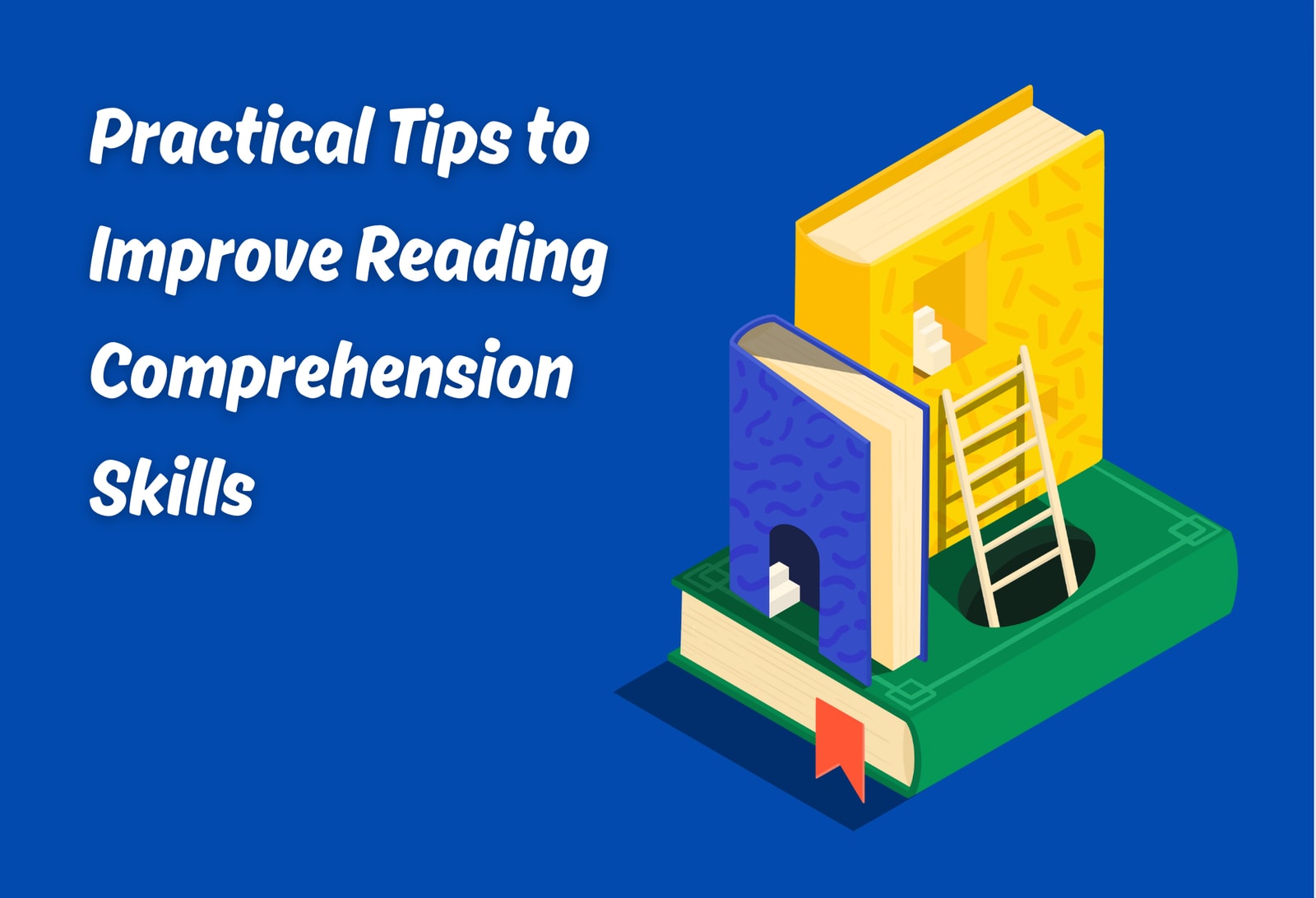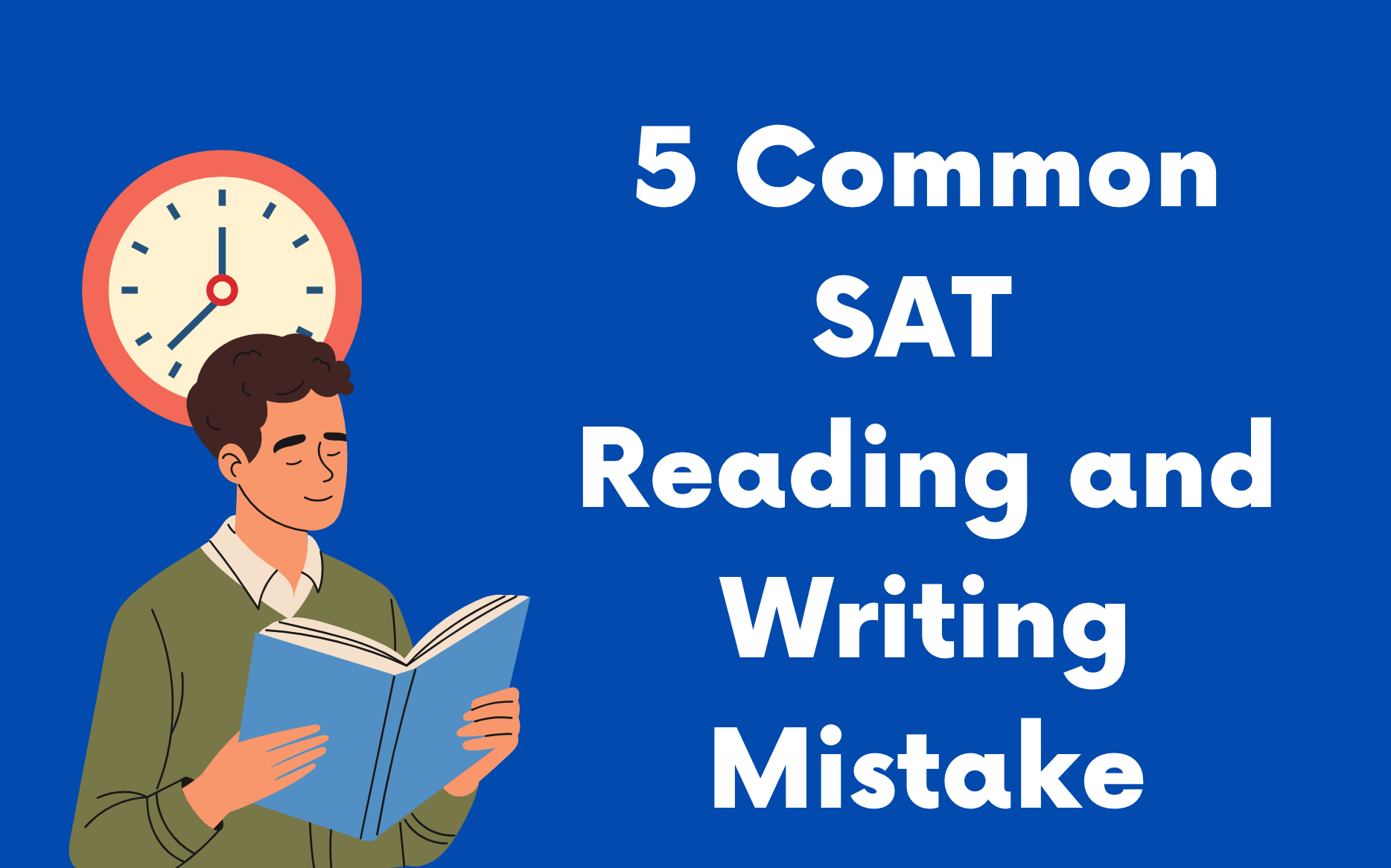How to Improve Reading Comprehension for the SAT: Effective, Test-Focused Strategies
Author
Phoenix Wilder
Date Published

High school students aiming for a top SAT score often hear the traditional advice: “If you want to improve your reading comprehension, you just need to read more.” While the sentiment is true, it’s hardly helpful when your exam is just around the corner and your goal is to boost your SAT Reading and Writing score right away. Thankfully, you don’t need years of extra reading to make substantial progress. By applying a set of purposeful, science-backed strategies, you can quickly and effectively enhance your reading comprehension on the SAT.
Why Standardized Test Reading Is Different
Unlike reading for pleasure or for a class, SAT reading requires you to process information efficiently and accurately—under strict time constraints. On the Digital SAT, the Reading & Writing section consists of 54 short passages (25–150 words each) and just one question per passage. That gives you, on average, about 71 seconds per passage and question. You simply cannot afford to meander through the text or get stuck on every unfamiliar word.
The key to acing SAT reading is to approach each passage strategically—with purpose, engagement, and persistent self-checking.
1. Read with Purpose
When approaching SAT passages, it’s essential to know what you’re looking for before you read a single word. SAT passages and their questions are highly standardized; knowing the common question types will help you focus on extracting the most relevant information. Here are the primary question types you’ll encounter:
· Main Idea: What is the central message or argument?
· Supporting Details: What evidence or reasoning supports the main idea?
· Vocabulary in Context: What do specific words or phrases mean as used in the passage?
· Tone and Style: What attitude does the author convey? What literary or rhetorical devices are used?
· Organization and Logic: How is the passage structured? How do ideas connect?
· Author’s Purpose and Perspective: Why did the author write this? What message or point of view are they presenting?
Try Previewing the Question
Since each SAT passage is paired with a single, specific question, it’s often helpful to quickly skim the question before you read. This approach primes your mind to focus on the exact information you’ll need, allowing you to read with a mission rather than aimlessly. Practice this technique as you do SAT practice sets, and you’ll soon internalize the key “question buckets” and become even more efficient.
2. Engage with the Text—Actively!
Reading comprehension is an active process. If you just passively read and hope everything sticks, you’re likely to finish the passage and realize you don’t remember the main point—or worse, anything at all. Here’s how you can engage more deeply with SAT passages:
Annotate as You Read
· Underline or highlight key words, phrases, or sentences that connect to the question type (main idea, supporting detail, etc.).
· Jot symbols: Use a star (*) to mark central points, a question mark (?) for confusing areas, and arrows (→) to note cause/effect or logical relationships.
· Summarize each paragraph in a word or two in the margin or on your scratch paper (if allowed digitally). For instance: “cause,” “effect,” “evidence,” “argument,” or “counterpoint.”
This kind of annotation not only helps you stay engaged, but also makes it easy to revisit critical sections when you answer the questions.
Don’t Over-Mark
It’s crucial not to highlight every sentence. Practice distinguishing between vital information and supporting or filler content. Focus on items that, if removed, would weaken or change the passage’s meaning.
Tailor Engagement to Passage Type
Different genres require different approaches:
· Science passages: Track key terms, hypotheses, results, and any scientific process or experiment.
· Social science: Focus on arguments, evidence, author background, and stance.
· Humanities: Note primary arguments, references, historical or cultural context, and central themes.
· Literary narratives: Pay attention to characters, relationships, pivotal events, and literary devices.
By knowing what to expect—and what’s most likely to be tested—you can adjust your note-taking and focus for each passage efficiently.
3. Check In with Yourself as You Read
We’ve all had the experience of reading a page and then realizing we can’t recall a thing. In the fast-paced environment of the SAT, you can’t let this happen. The best way to prevent zoning out is to build quick “self-checks” into your reading routine:
· Pause at the end of each paragraph and silently ask: “What did that just say? How does it connect to the last part?”
· Relate sections back to the overall passage. Is this supporting the main idea, giving a contrasting viewpoint, or introducing a new topic?
· Scan for confusion: If you didn’t understand a sentence or paragraph, quickly reread or make a note to revisit if needed for the question.
These checks only need to take a second but can make the difference between surface reading and real comprehension.
Applying These Skills Beyond the SAT
These strategies aren’t just for SAT day—they’re habits that will serve you in any reading-heavy environment, from AP classes to college and beyond. Whenever you read—whether that’s a homework assignment, an online article, or a novel—try to identify the author’s main idea, supporting arguments, and writing purpose. The more you practice this style of strategic, active reading, the more naturally it will come under timed test conditions.
Effective SAT Reading Is Active and Purposeful
While the advice to “just read more” has its place, it’s only part of the picture. By reading with purpose, engaging with the text through annotations and targeted focus, and continually checking your understanding, you can swiftly and significantly improve your SAT reading comprehension and confidence.
Set aside time to practice these techniques with real SAT materials. Start building these habits in your daily reading. No need for a time machine—all you need are the right strategies and a commitment to practice. You can improve your SAT reading skills quickly and effectively. Good luck!
Related Posts

Struggling with the Digital SAT Reading & Writing section? Discover 5 common mistakes students make and actionable tips to boost your score!

Discover proven strategies to score a perfect 800 on the SAT Reading and Writing sections. Learn essential skills and tips for test day success.